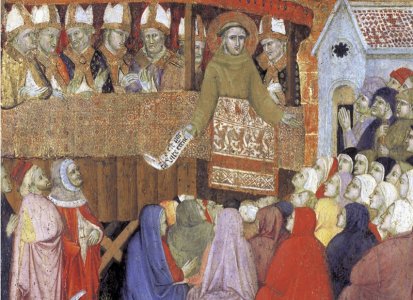Nobelmente adornati: textiles, identity and status in quattrocento Italy
Abstract
This article explores some examples of the well-established and widespread employment of textiles as signifiers of celebration and status in Italian Quattrocento ceremonial. Wearing costly textiles for clothing was a necessary prerogative of high status, but also an essential and recognizable attribute of important offices of state. In addition, furnishing textiles conferred prestige through the manipulation and embellishment of the environment surrounding authority. In this period when cities generally contained small populations whose members were acquainted with almost everyone, the formality of ceremonial and celebration was powerfully influential. It also served to create a distance between the ruler and the ruled. The sight of rare and costly silk weaves, exotic rugs and carpets inspired admiration, awe and respect. Amongst equals in both private and public ceremony they were an essential manifestation of courtesy and honour which served to enhance the authority of the principal participants.

Downloads
Published
How to Cite
Issue
Section
License
Copyright (c) 2023 Elephant & Castle

This work is licensed under a Creative Commons Attribution 4.0 International License.





